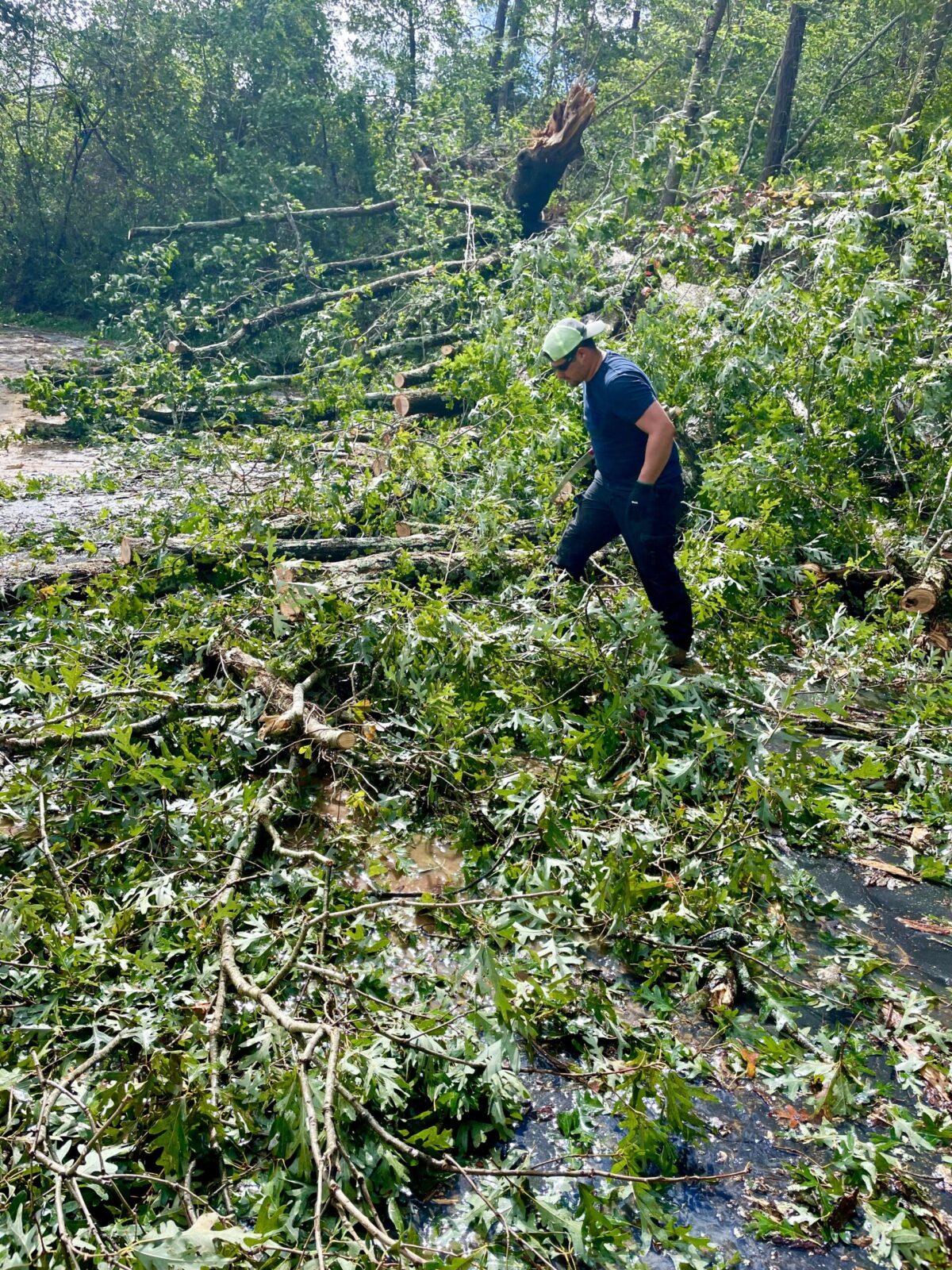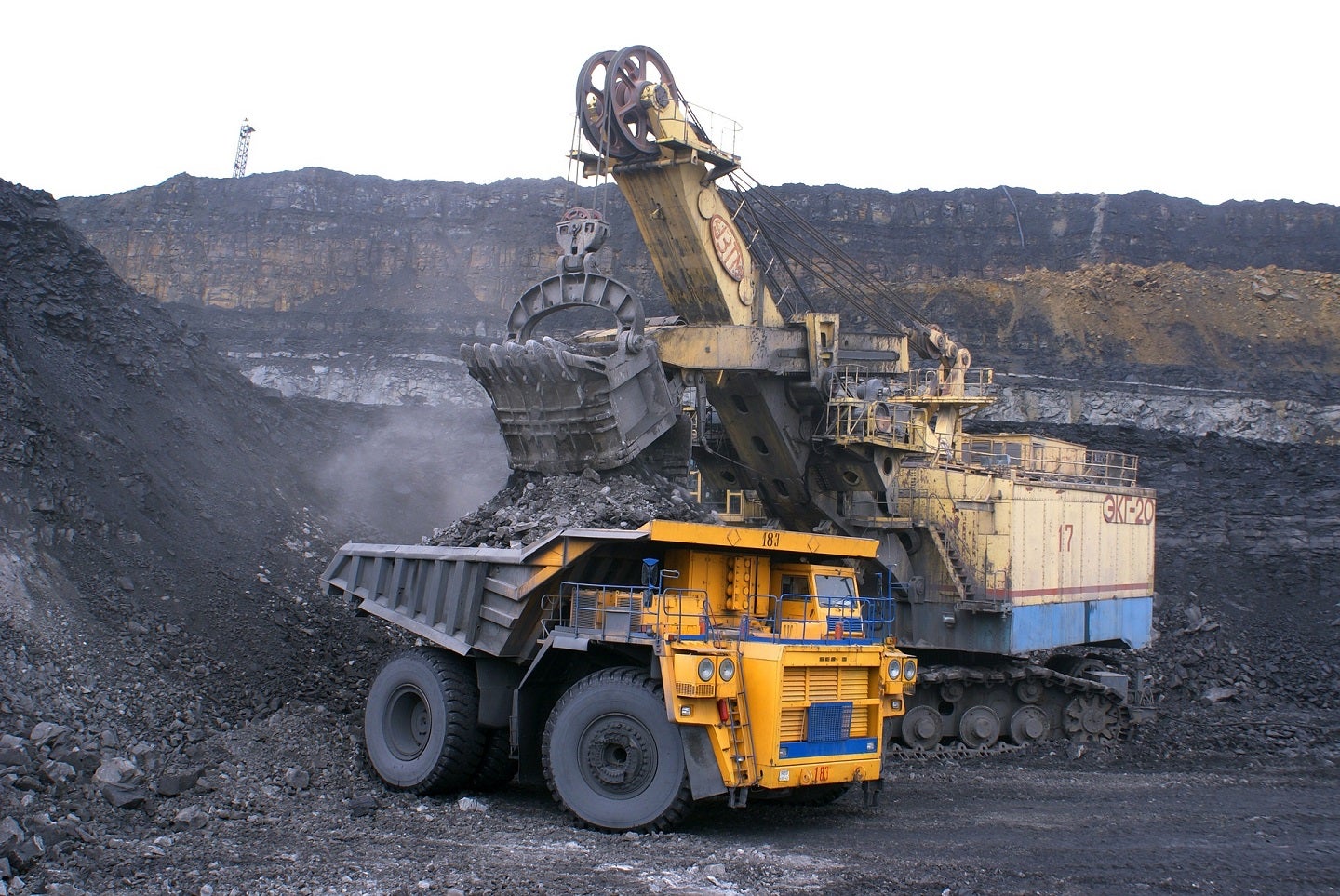Sign up for daily news updates from CleanTechnica on email. Or follow us on Google News!
Ukraine has been plying the renewable energy levers to keep the lights on, even as Russia continues to wage a misbegotten war on the civilian population. Now the energy consequences are ratcheting up. A significant new solar deal is expected to kickstart private equity interest in Ukraine’s vast renewable energy resources, and the country is embarking on a new effort to leverage its fossil energy position against Russia’s allies.
Renewable Energy Is A Lifeline In Wartime
CleanTechnica has been following the renewable energy news from Ukraine since the beginning of the war, including the construction of the biggest wind farm in Eastern Europe only 60 miles or so from the front line of fighting. Ukraine is also planning to repurpose part of the Chornobyl nuclear site for wind energy (see more Ukraine energy news here).
Energy observers have pointed out that it is much more difficult for an enemy to knock out the widely scattered turbines of a wind farm compared to putting a conventional power plant out of commission.
The Ukrainian organization Razom We Stand is among those advocating for a green recovery, both as a matter of environmental health and national security.
On July 23, Kyiv Independent reporter Andrea Januta summed up the nation’s wartime renewable energy transition, noting that “Ukraine wants to generate more energy in smaller amounts closer to users, rather than centralized facilities that are targets for Russian strikes.”
“Although the war has generated the willpower for a radical overhaul, it has also created serious obstacles to decentralization, including worker shortages, supply chain difficulties, struggles to find financing – and a fast-ticking clock before energy demand jumps in the winter,” Januta continues.
Financing The Renewable Energy Revolution In Ukraine
The financing obstacle, at least, does show signs of crumbling. During the Berlin Energy Transition Dialogue 2024 conference in Germany earlier this year, Razom hosted a side event on rebuilding the Ukrainian power structure in collaboration with with Berlin Economics, the Low Carbon Ukraine Project, and the European competitiveness organization E3G.
“The purpose of the side event was to foster practical discourse on crucial investments and engagement of German businesses in affordable and clean energy technologies, digitalisation, and grid innovation in Ukraine,” Razom explains. “Discussions focused on primary areas of investment for replacing coal-fired power plants with clean, decentralised generation, laying the groundwork for a renewable energy-based, secure energy system of the future.”
Coincidentally or not, in June the well-known German renewable energy developer Goldbeck Solar announced that its Goldbeck Solar Investment branch launched a joint venture with the European Bank for Reconstruction and Development, aimed at constructing a series of solar projects over the next 3-5 years, totaling up to 500 megawatts in capacity.
In the context of today’s massive renewable energy projects, 500 megawatts is a middling amount. Nevertheless, that 500-megawatt investor commitment is expected to have an outsized impact on Ukraine’s renewable energy profile.
EBRD is billing the the new solar deal as the “the first private energy deal led by a foreign investor to add renewable generation capacity in Ukraine since February 2022,” that being the date when Russia touched off a bloodbath by launching its unprovoked war against Ukraine.
“The cooperation with the EBRD is a significant milestone,” Goldbeck explained in a press statement last month. “As EBRD’s first equity deal in Ukraine’s energy sector since the full scale invasion, it underlines the economic viability of the investment case.”
Although the ink still needs to dry on the fine print, EBRD already anticipates that the deal with Goldbeck will provide other investors with confidence in the Ukrainian renewable energy industry. The joint Goldbeck-EBRD effort “serves as an important benchmark for catalysing foreign direct investments in Ukraine’s energy sector, especially with a focus on reconstruction and green transition,” EBRD explains.
Laying The Groundwork For A Renewable Energy Recovery
It remains to be seen if Ukraine will ultimately prevail, restore its rightful borders, and achieve an economy based on renewable energy and sustainability. However, as the full consequences of the energy war begin to materialize, the fossil energy chickens are coming home to roost.
International pressure on Russia coalesced after it annexed part of Ukraine in 2014, leading to energy-related sanctions imposed by the US and other allies.
The sanctions evidently did not discourage Russian President Vladimir Putin, but they did support foreign policy makers and financial stakeholders who were working towards goal of rooting out Soviet-era corruption and creating a more business-friendly environment for investing in Ukraine. That goal took a step forward in 2019, when voters in Ukraine selected the reformist Volodymyr Zelensky as President.
In the months leading up to Russia’s invasion, Ukrainian grid operators planned intensively for a new European energy landscape, with an assist from the US and other allies. Just two days after the initial attack on February 22, 2022, Ukrainian grid operators were able to disconnect from the Russian grid. Synchronization with the European grid followed three weeks later.
The mysterious destruction of the Nordstream II gas pipeline followed in 2023. The pipeline was crippled before it went into operation, denying Russia an important export pipeline to the West even as the US and other gas suppliers fill in the gap.
Sanctions Work (With Some Help)
As Russia continues to cling to its war effort, Ukraine is turning up the pressure. In the most recent development, in June, Ukraine imposed stricter sanctions on Lukoil, the second-biggest oil company in Russia. As a result, Lukoil can not longer transit its product through Ukraine to Hungary, one of the few European nations to maintain a close relationship with Russia.
“The restrictions have created supply shortages in Budapest, which depends on Russia for 70% of its oil supply, with Lukoil providing half of that volume, according to Politico,” recounted Independent reporter Kateryna Hodunova on July 20.
“Following Ukraine’s move, Hungarian Foreign Minister Peter Szijjarto said this measure could threaten Hungary’s long-term energy security,” Hodunova added. All the more reason to ditch fossil fuels, from Russia or anywhere else, and open up new opportunities for renewable energy investors.
With that in mind, last month, Independent reporter Chris York noted that the Baltic states of Estonia, Latvia, and Lithuania are disconnecting from the Russian grid ahead of schedule. Citing a report from Interfax Russia, York observes that the three nations are disconnecting from the BRELL system this year, leaving Russia and its close ally Belarus holding the fossil energy bag.
The move creates a more favorable environment for the renewable energy plans of the other three states. That includes tapping the vast offshore wind energy resources of the Baltic sea, such as the 1-gigawatt ELWIND project working its way through the pipeline.
“ELWIND is a joint Estonian-Latvian state-run cross-border offshore wind project aiming to raise energy independence in the region by increasing production of green energy and improving interstate electricity connectivity,” states the ELWIND team.
CleanTechnica has been following the Baltic Sea offshore wind action, and we’re on track to visit Estonia in August, so stay tuned for more on that.
Follow me via LinkTree, or @tinamcasey on Threads, LinkedIn, and Instagram.
Image: Ukraine reached a unique renewable energy milestone with the commissioning of the DTEK Tyligulska wind farm in 2023. “This wind farm has become a symbol of resilience and faith in the Ukrainian energy sector, as it was built by Ukrainians during a full-scale war just 100 km away from the front line” (courtesy of DTEK).
Have a tip for CleanTechnica? Want to advertise? Want to suggest a guest for our CleanTech Talk podcast? Contact us here.
Latest CleanTechnica.TV Videos
CleanTechnica uses affiliate links. See our policy here.
CleanTechnica’s Comment Policy




